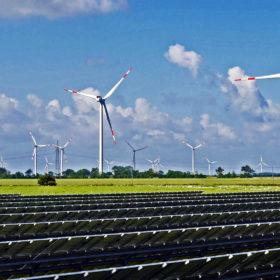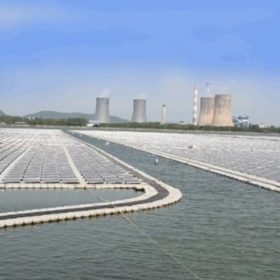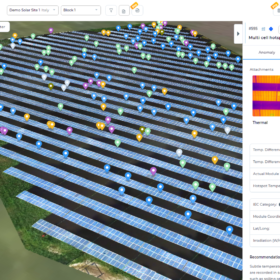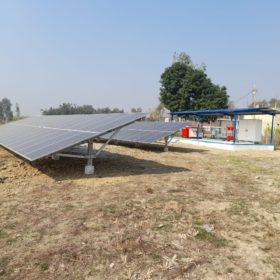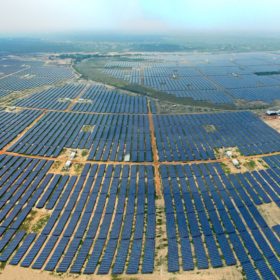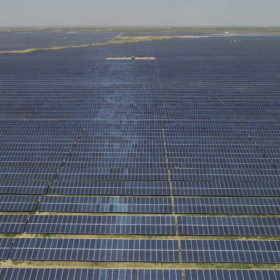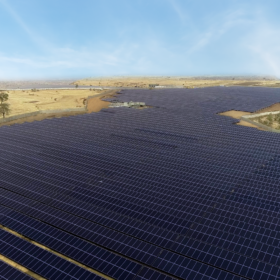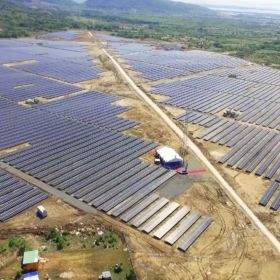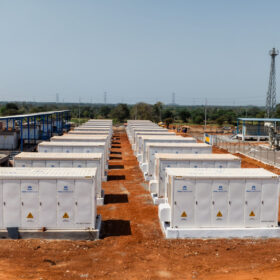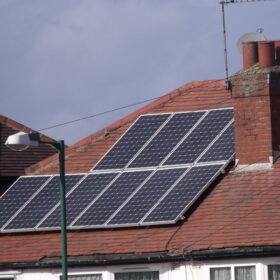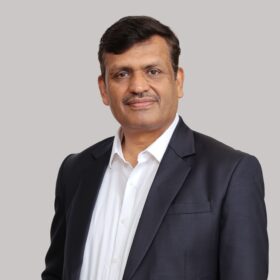Tata Power wins 300 MW hybrid wind-solar project
TP Saurya Ltd, an arm of Tata Power, has secured a letter of award from Maharashtra State Electricity Distribution Company Limited (MSEDCL) to build 300 MW of hybrid wind-solar capacity.
NTPC awards India’s first green hydrogen microgrid project
The project would be a test case to assess the potential of solar-powered hydrogen to displace costly and polluting diesel-based energy generation systems in far-off regions of the country like Ladakh and Jammu & Kashmir.
US-based DroneBase acquires solar analytics firm AirProbe
With the acquisition, DroneBase adds AirProbe’s market-leading artificial intelligence solution for aerial solar inspections and proprietary data analytics and expands its reach to India, Asia, and Europe markets.
Microgrids make sense for Indian cities
Microgrids that use on-site renewables such as rooftop solar can help relieve peak demand on the grid during afternoons, and later in the evenings through battery storage. This can help power distribution companies (discoms) avoid buying expensive power to meet peak demand.
Rays Power Infra to build 500 MW solar park in Rajasthan
The engineering, procurement and construction company has signed a Memorandum of Understanding (MoU) with the Rajasthan government to build a solar park for generating 500 MW of green electricity in the State.
Solar remains energy of choice for lenders
In 2020, 74% of the value of the energy project loans (US$4,435 million) went to renewables (solar and wind) and 26% to coal. Solar PV accounted for 81% of renewable energy deals and 57% of all deals.
Adani Green Energy signs 4,667 MW of solar PPA with SECI
With this, the developer has signed the power purchase agreement for 5,534 MW out of the total 8 GW capacity won in the manufacturing linked solar tender by the Solar Energy Corporation of India.
Ayana Renewable completes acquisition of 250 MW PV assets from Acme Solar
The solar assets, located in the Jodhpur district of Rajasthan, benefit from a long-term power purchase agreement (PPA) with the State discom Maharashtra State Electricity Distribution Company Ltd (MSEDCL).
Keppel Corporation-led consortium to acquire majority stake in Cleantech Solar
Cleantech Solar has over 600 MWp of solar portfolio across India and Southeast Asia and aims to achieve a cumulative generation capacity of 3 GW over the next five years.
Waaree Renewable awarded 140 MW DC solar project in Gujarat
The company’s scope of work includes engineering, procurement, and construction of the solar plant.
